Home>Articles>What Are The Different Types Of Flooring Available
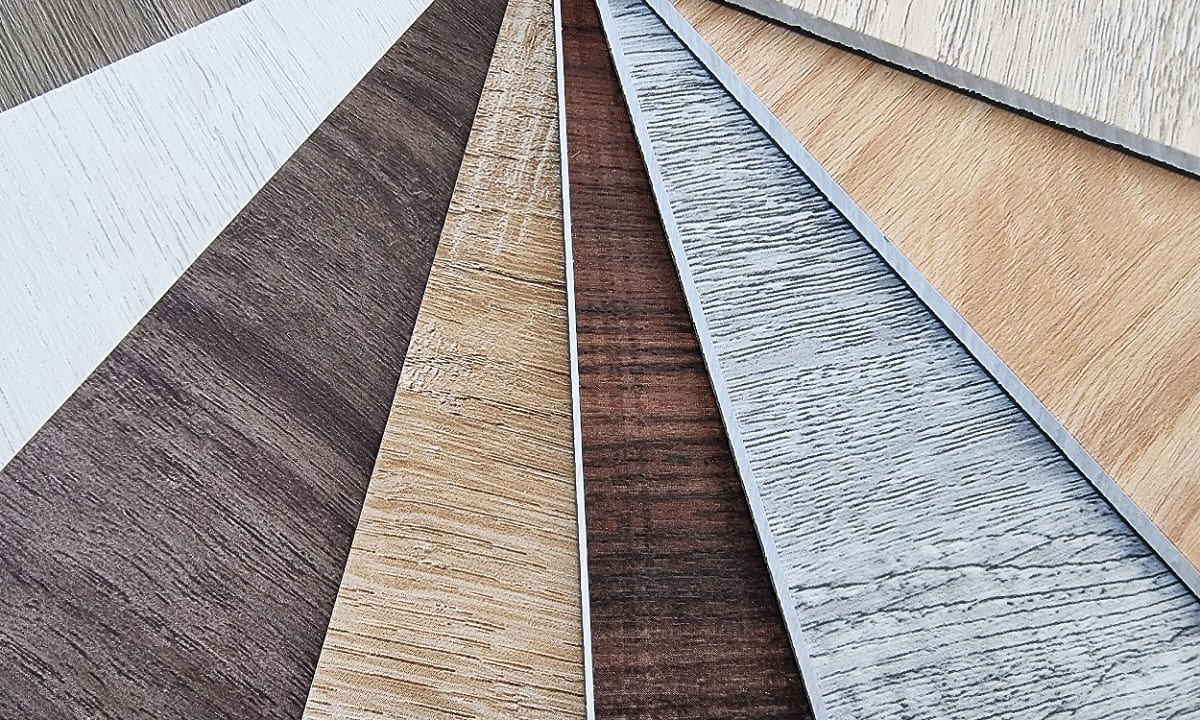

Articles
What Are The Different Types Of Flooring Available
Modified: January 19, 2024
Discover the latest articles on floor options and designs. Explore tips and ideas for creating a stunning and functional floor for your space.
(Many of the links in this article redirect to a specific reviewed product. Your purchase of these products through affiliate links helps to generate commission for Storables.com, at no extra cost. Learn more)
Introduction
When it comes to creating a welcoming and functional space, the choice of flooring plays a crucial role. Whether you’re revamping your home, renovating an office, or decorating a commercial space, the floor is one of the most important elements to consider. Not only does it provide a foundation for all your furnishings and decor, but it also sets the tone for the overall aesthetic and atmosphere.
But what exactly is a floor? In simple terms, it refers to the surface that you walk or stand on within a building. However, the concept of flooring goes beyond just a functional aspect. It encompasses a wide range of options, materials, and designs that can greatly impact the look, feel, and functionality of a space.
In this article, we will explore the world of flooring, from its basic definition to the various types available. We will also delve into the benefits of different flooring options, factors to consider when choosing the right flooring for your needs, the installation process, maintenance and care tips, as well as common issues and troubleshooting.
By the end of this article, you will have a comprehensive understanding of different flooring options and be equipped with the knowledge you need to make an informed decision for your next flooring project.
Key Takeaways:
- Choose the right flooring to enhance your space’s aesthetics, functionality, and ambiance. Consider factors like style, durability, maintenance, and budget to make an informed decision.
- Proper maintenance and care are essential to preserve the beauty and longevity of your flooring. Follow manufacturer’s guidelines, address common issues promptly, and seek professional advice when needed.
Definition of Floor
In the context of architecture and interior design, a floor is defined as the lower surface of a room or space on which people walk or move around. It serves as the foundation for a space and provides a stable and supportive surface for various activities. The floor acts as a barrier between the ground or the structural elements below and the occupants of the building.
Floors can be made of various materials, including wood, tile, concrete, carpet, and vinyl, among others. The choice of flooring material depends on factors such as the intended use of the space, the desired aesthetic, durability requirements, maintenance considerations, and budget constraints.
The surface of a floor can be flat, level, or uneven, depending on the design and construction of the building. A level floor is essential for proper functionality and safety. Uneven or sloping floors can pose hazards and may require remedial measures to ensure stability and prevent accidents.
Floors can be classified into different categories based on their location within a building. These categories include:
- Ground Floor: The lowest floor of a building that is directly in contact with the ground. It is typically the first level accessible from the exterior and often serves as the main entrance to the building.
- Upper Floors: The floors above the ground floor, commonly found in multi-story buildings. They can be accessed via staircases, elevators, or other means of vertical transportation.
- Mezzanine Floors: Intermediate floors that are located between two main floors. Mezzanines are often found in commercial spaces and provide additional usable space without the need for a full floor.
- Basement Floors: The lowest floors below the ground level, usually partially or completely below the ground. Basements are commonly used for storage, utility rooms, or additional living or working space.
The definition of a floor extends beyond just the horizontal surface. It also includes features such as floor coverings, subfloors, underlayments, and flooring systems. These elements work together to provide comfort, insulation, soundproofing, and aesthetic appeal.
In summary, a floor is the foundational surface of a room or space that enables safe and comfortable movement. It is an integral part of the overall design and functionality of a building, with various materials and classifications available to suit different needs and preferences.
Types of Flooring
When it comes to flooring options, there is a wide variety of choices available, each with its own unique characteristics and benefits. Here are some of the most common types of flooring:
- Hardwood Flooring: Hardwood flooring is a classic and timeless option that brings natural warmth and beauty to any space. It is made from solid wood boards and offers durability and longevity. Common hardwood species used for flooring include oak, maple, and walnut. Hardwood floors can be sanded and refinished multiple times, allowing for long-term use. However, they can be prone to scratches and can be affected by moisture.
- Laminate Flooring: Laminate flooring is a cost-effective alternative to hardwood. It is made from composite wood materials and features a printed layer that mimics the look of real wood, stone, or tile. Laminate floors are durable, scratch-resistant, and easy to maintain. They are also resistant to moisture and UV rays. However, laminate flooring cannot be refinished and may not offer the same level of authenticity as real wood.
- Tile Flooring: Tile flooring is a popular choice for areas prone to moisture, such as bathrooms and kitchens. It is available in various materials, including ceramic, porcelain, and natural stone like marble or travertine. Tile floors are durable, stain-resistant, and easy to clean. They are also versatile in design, allowing for endless possibilities in patterns and colors. However, tile floors can be cold and hard underfoot and may require professional installation.
- Carpet Flooring: Carpet flooring offers softness, warmth, and comfort. It is made from fibers, such as nylon, polyester, or wool, and comes in different styles, textures, and colors. Carpet provides insulation, reduces noise, and offers a cozy feel. It is ideal for bedrooms, living rooms, and areas where comfort is a priority. However, carpet can be prone to stains and requires regular cleaning and maintenance.
- Vinyl Flooring: Vinyl flooring is a versatile and budget-friendly option. It comes in sheet, tile, or plank form and can replicate the look of hardwood, stone, or tile. Vinyl floors are durable, water-resistant, and easy to install. They are also comfortable underfoot and provide good noise insulation. Additionally, vinyl flooring is low-maintenance and resists scratches and stains. However, it may not offer the same level of elegance and authenticity as natural materials.
- Concrete Flooring: Concrete flooring is a durable and industrial-inspired option. It can be left plain or finished with stains, dyes, or coatings to achieve a desired look. Concrete floors are sturdy, easy to clean, and can withstand heavy foot traffic. They are commonly used in contemporary or minimalist designs. However, concrete can be cold and hard underfoot unless supplemented with area rugs or radiant heating. It is also important to ensure proper sealing to prevent moisture issues.
These are just a few examples of the many flooring options available in the market. Each type has its own unique characteristics, so it’s important to consider factors such as durability, maintenance requirements, budget, and design preferences when choosing the right flooring for your space.
Benefits of Different Types of Flooring
Choosing the right flooring for your space involves considering not only the aesthetic appeal but also the practical benefits that each type of flooring offers. Here are some of the benefits associated with different types of flooring:
- Hardwood Flooring: Hardwood floors add a touch of elegance and sophistication to any room. They offer a timeless beauty that increases the value of your home. Hardwood is also durable and can last for decades with proper care. Additionally, hardwood floors are easy to clean and hypoallergenic, making them an ideal choice for individuals with allergies.
- Laminate Flooring: Laminate flooring provides a cost-effective option that replicates the look of hardwood or other materials. It is highly durable, scratch-resistant, and easy to maintain. Laminate is also water-resistant, making it suitable for areas with high moisture, such as kitchens or bathrooms.
- Tile Flooring: Tile floors offer versatility in design, with a wide array of colors, patterns, and textures to choose from. They are highly durable, resistant to stains, and easy to clean. Tile is also a great option for spaces with high foot traffic or areas prone to moisture, as it is water-resistant and can withstand heavy use.
- Carpet Flooring: Carpet provides comfort and warmth underfoot, making it a cozy choice for bedrooms and living areas. It offers sound insulation, reducing noise levels in a room. Additionally, carpet can add an extra layer of insulation, helping to improve energy efficiency and save on heating and cooling costs.
- Vinyl Flooring: Vinyl floors are highly versatile and suitable for any room in the house. They come in a wide variety of styles, colors, and patterns. Vinyl is also water-resistant and durable, making it an excellent choice for high-moisture areas such as bathrooms and kitchens. It is easy to clean and can withstand heavy use.
- Concrete Flooring: Concrete floors are extremely durable and long-lasting. They can handle heavy foot traffic and are resistant to scratches and stains. Concrete floors also provide a sleek and modern aesthetic, and they can be finished in a variety of ways to achieve different looks. With proper sealing, concrete floors can withstand moisture and are a great option for basements or commercial spaces.
Each type of flooring offers unique advantages, so it’s important to consider your specific needs and preferences when making a decision. Factors such as budget, maintenance requirements, durability, and the overall aesthetic appeal should be taken into account to ensure that you choose the right flooring option for your space.
Factors to Consider When Choosing Flooring
Choosing the right flooring for your space is an important decision that requires careful consideration. Here are some key factors to keep in mind when selecting the type of flooring:
- Location and Purpose: Consider the location and purpose of the room or space where the flooring will be installed. Different areas of the house have different requirements. For example, high-traffic areas like entryways and hallways may require a more durable and scratch-resistant flooring option, while bedrooms or living rooms may prioritize comfort and softness.
- Style and Aesthetics: Flooring contributes significantly to the overall look and feel of a space. Consider the style and design of your interior decor and choose a flooring option that complements the existing aesthetic. Whether you prefer the warmth of wood, the versatility of tile, or the coziness of carpet, ensure that the flooring enhances the overall design scheme.
- Maintenance and Durability: Evaluate the maintenance requirements and durability of different flooring options. Some materials, like hardwood and natural stone, may require regular sealing and maintenance to preserve their condition. Others, like laminate or vinyl, may offer easier maintenance and resistance to wear and tear.
- Budget: Determine your budget for flooring and consider the cost of materials, installation, and any additional accessories or treatments. Remember that while some materials may have a higher upfront cost, they often provide long-term durability and value.
- Lifestyle and Pets: Consider your lifestyle and whether you have pets or young children. Choose flooring that can withstand the wear and tear of daily activities and is resistant to scratches, stains, and moisture. For example, laminate or luxury vinyl flooring can be a better choice for households with pets due to their scratch-resistant and water-resistant properties.
- Allergies: If you or your family members have allergies or sensitivities to dust, pollen, or pet dander, consider flooring options that are hypoallergenic and easy to clean, such as hardwood or tile. These materials don’t trap allergens as easily as carpets, which can be more challenging to keep clean.
It’s essential to weigh these factors and prioritize the ones that are most important to you and your specific needs. Consulting with flooring professionals or interior designers can also provide valuable insights and recommendations based on your preferences and requirements.
Overall, taking the time to consider these factors will help you make an informed decision and choose the right flooring that enhances the beauty, functionality, and longevity of your space.
Read more: What Are The Different Types Of Curtains
Installation Process of Flooring
The installation process of flooring varies depending on the type of flooring material chosen. Here is a general overview of the installation process:
- Prepare the Subfloor: The first step in installing any type of flooring is to prepare the subfloor. This involves ensuring that the subfloor is clean, dry, and level. Any existing flooring may need to be removed, and repairs or adjustments may be necessary to create a suitable base for the new flooring.
- Acclimate the Flooring: Some types of flooring, such as hardwood, laminate, or engineered wood, may require acclimation to the room’s environment before installation. This involves allowing the flooring materials to adjust to the temperature and humidity of the space to prevent warping or shifting after installation.
- Install Underlayment: Depending on the type of flooring, an underlayment layer may be required. Underlayment provides additional insulation, soundproofing, and moisture resistance. It is typically installed over the subfloor and acts as a barrier between the subfloor and the flooring material.
- Lay the Flooring: The next step is to lay the flooring material according to the manufacturer’s instructions. This can involve different techniques depending on the type of flooring. For example, hardwood flooring may be nailed or stapled down, while laminate or vinyl planks may have a click-and-lock or adhesive installation method. Tile flooring requires the use of mortar or adhesive to secure the tiles in place.
- Trim and Finishing Touches: Once the main flooring is installed, it’s time to add any necessary trim pieces, such as baseboards or transition strips. These pieces provide a clean and finished look and help to cover gaps or transitions between different flooring materials or areas.
- Clean Up and Maintenance: After the flooring is installed, it’s important to clean up any debris or dust from the installation process. Additionally, follow the manufacturer’s recommendations for maintenance and care to ensure the longevity and appearance of the flooring. This may involve regular cleaning, periodic sealing, or refinishing, depending on the type of flooring.
It’s important to note that some types of flooring, such as tile or hardwood, may require professional installation for best results. Hiring a professional installer can ensure that the flooring is installed correctly, minimizing the risk of future issues or damage.
Before starting the installation process, always refer to the manufacturer’s guidelines and instructions specific to the flooring material being installed. Following proper installation techniques and allowing sufficient time for acclimation can help ensure a successful and long-lasting result.
Maintenance and Care for Different Types of Flooring
Maintaining and caring for your flooring is essential to preserve its beauty, durability, and longevity. Proper maintenance practices vary depending on the type of flooring material you have chosen. Here are some general guidelines for the maintenance and care of different types of flooring:
- Hardwood Flooring:
- Sweep or vacuum regularly to remove dirt and debris.
- Wipe up spills immediately to prevent staining and damage.
- Use a damp mop with a hardwood floor cleaner for routine cleaning.
- Avoid excessive moisture or standing water on the floor.
- Periodically, apply hardwood floor oil or polish to restore shine and protect the surface.
- Use rugs or mats in high-traffic areas and protect the floor from scratches by using furniture pads.
- Laminate Flooring:
- Sweep or vacuum regularly to remove dirt and dust.
- Wipe up spills promptly to prevent moisture damage.
- Clean with a damp mop and mild laminate floor cleaner. Avoid using excessive water.
- Avoid dragging heavy furniture across the floor to prevent scratching.
- Place felt pads under furniture legs to prevent scratches.
- Avoid using abrasive cleaners or wax on laminate flooring.
- Tile Flooring:
- Sweep or vacuum regularly to remove loose dirt and debris.
- Use a damp mop with a mild tile cleaner for routine cleaning.
- Wipe up spills promptly to prevent staining.
- Periodically, clean the grout lines with a grout cleaner to maintain their appearance.
- Avoid using harsh chemicals or abrasive scrub brushes that can damage the tile or grout.
- Seal the grout lines periodically to prevent staining and water damage.
- Carpet Flooring:
- Vacuum regularly to remove dirt, dust, and pet dander.
- Blot spills immediately with a clean cloth or paper towel.
- Clean the carpet periodically with a carpet cleaner or hire professional carpet cleaning services.
- Use doormats at entrances to prevent dirt and debris from being tracked onto the carpet.
- Rotate furniture occasionally to prevent permanent indentations.
- Avoid using sharp objects or high-heeled shoes on the carpet to prevent snags or damage.
- Vinyl Flooring:
- Sweep or vacuum regularly to remove dirt and dust.
- Wipe up spills promptly to prevent staining and moisture damage.
- Clean with a mild floor cleaner and a damp mop.
- Avoid using abrasive cleaners or scrub brushes that can damage the surface.
- Place mats or rugs in high-traffic areas to prevent wear and tear.
- Avoid dragging heavy furniture across the floor to prevent scratching.
- Concrete Flooring:
- Sweep or vacuum regularly to remove dirt and debris.
- Wipe up spills promptly to prevent staining and moisture damage.
- Use a mild cleaner and a mop for routine cleaning.
- Avoid using abrasive cleaners that can damage the surface.
- Place rugs or mats in high-traffic areas to protect the floor and reduce wear.
- Consider applying a concrete sealer periodically to maintain the appearance and protect against stains.
It’s important to follow the specific care instructions provided by the manufacturer of your flooring to ensure proper maintenance. Regular cleaning, promptly addressing spills, and taking preventive measures can help prolong the life and beauty of your floors.
If you have any concerns or specific questions about maintaining your flooring, consult the manufacturer’s recommendations or seek advice from flooring professionals.
Floor is the bottom surface of a room or space, typically made of wood, tile, or other materials. It provides a level and stable foundation for walking, standing, and placing furniture. Regular cleaning and maintenance can help prolong its lifespan.
Common Issues and Troubleshooting for Flooring
While flooring is designed to be durable and long-lasting, issues can occasionally arise. Knowing how to identify and troubleshoot common flooring problems can help you address them promptly and prevent further damage. Here are some common issues and troubleshooting tips for different types of flooring:
Hardwood Flooring:
- Scratches and dents: Use felt pads on furniture legs to prevent scratches. For minor scratches, use a hardwood floor cleaner and a soft cloth to gently rub the scratched area. For deeper scratches or dents, consider refinishing or replacing the affected boards.
- Wood expansion and contraction: Maintain a consistent indoor humidity level to prevent the wood from expanding or contracting excessively. Use a humidifier during dry seasons and avoid excessive moisture levels during humid periods.
- Warped or cupped boards: Excessive moisture can cause hardwood boards to warp or cup. Identify the source of moisture and address it. If the warping is extensive, professional intervention may be required to repair or replace the affected boards.
Read more: What Are The Different Types Of Stemware?
Laminate Flooring:
- Water damage: Laminate is moisture-resistant, but excessive water exposure can cause swelling or warping. Wipe up spills promptly and avoid wet mopping. If water damage occurs, consider replacing the affected boards.
- Peaking: Peaking happens when laminate boards push against each other and create raised areas. This can occur when there is insufficient expansion space. Carefully remove the affected boards and reinstall, ensuring proper spacing around the edges.
- Joint separation: If gaps start to form between the laminate boards, it may be due to fluctuations in temperature or improper installation. Use a tapping block and mallet to gently tap the boards back into place.
Tile Flooring:
- Cracked or chipped tiles: If a tile is cracked or chipped, it should be replaced. Carefully remove the damaged tile using a chisel and hammer. Clean the space, apply adhesive, and install a new tile. Ensure proper support and use a grout matching the existing color.
- Grout discoloration and staining: Clean grout regularly to prevent discoloration and staining. Use a mild grout cleaner and a brush to scrub the grout lines. For stubborn stains, use a mixture of baking soda and water or hydrogen peroxide.
- Loose or hollow-sounding tiles: If tiles sound hollow or feel loose, it may indicate a problem with the tile installation. Consult a professional to determine the cause and possible solutions, such as regrouting or reinstalling the affected tiles.
Carpet Flooring:
- Stains and spills: Immediately blot spills with a clean cloth or paper towel. Avoid rubbing the stain, as it may spread. Treat the stain with a carpet stain remover or a mixture of mild detergent and water. Blot the area with a clean cloth and repeat the process if necessary.
- Carpet indentation: Furniture or heavy objects may leave indentations in the carpet. Place ice cubes on the dented area and let them melt. Once the carpet fibers are fully expanded, blot the excess water, and gently lift the fibers with a spoon or vacuum.
- Carpet shedding: New carpet may shed loose fibers initially. Frequent vacuuming can help remove loose fibers. If shedding persists, contact the manufacturer to address the issue.
Vinyl Flooring:
- Scratches and tears: Use felt pads under furniture legs to prevent scratches. For minor scratches, use a vinyl floor cleaner and a soft cloth to gently rub the scratched area. For larger tears, consider replacing the damaged section or consult a professional for repair.
- Discoloration: Vinyl floors may discolor due to exposure to sunlight or chemical reactions. Use blinds or curtains to minimize sunlight exposure, and avoid using harsh chemicals or abrasive cleaning agents.
- Peeling or loose edges: If the edges of vinyl flooring start to peel or become loose, consider using a vinyl floor adhesive to reattach them. Apply the adhesive carefully, following the manufacturer’s instructions.
Remember to always consult the manufacturer’s guidelines or seek professional advice when troubleshooting flooring issues. Promptly addressing and resolving any problems will help maintain the integrity and appearance of your flooring for years to come.
Read more: What Are The Different Types Of Screwdriver
Conclusion
Choosing the right flooring is a vital decision that can greatly impact the aesthetics, functionality, and overall ambiance of a space. With a wide range of flooring options available, it’s important to consider factors such as style, durability, maintenance, and budget when making your selection.
Hardwood flooring offers timeless beauty and elegance, while laminate flooring provides an affordable alternative that mimics the look of hardwood. Tile flooring offers versatility in design and is ideal for areas prone to moisture. Carpet flooring provides comfort and warmth, while vinyl flooring offers durability and ease of maintenance. Concrete flooring provides a modern and industrial-inspired aesthetic.
Once you’ve chosen the perfect flooring for your space, it’s essential to properly maintain and care for it. Regular cleaning, prompt spill cleanup, and preventive measures can help prolong the life of your flooring and keep it looking its best. It’s also important to address any common issues or troubleshooting needs that may arise to prevent further damage.
Remember to consult the manufacturer’s guidelines for specific care instructions for your chosen flooring material, and seek professional advice when needed. With proper maintenance and care, your flooring will continue to enhance your space for years to come.
In conclusion, flooring goes beyond being a functional aspect of a room; it contributes to the overall atmosphere and aesthetic appeal. By considering the various types of flooring, their benefits, maintenance requirements, and troubleshooting tips, you can make an informed decision and ensure that your flooring choice perfectly suits your space’s needs and style.
Frequently Asked Questions about What Are The Different Types Of Flooring Available
Was this page helpful?
At Storables.com, we guarantee accurate and reliable information. Our content, validated by Expert Board Contributors, is crafted following stringent Editorial Policies. We're committed to providing you with well-researched, expert-backed insights for all your informational needs.

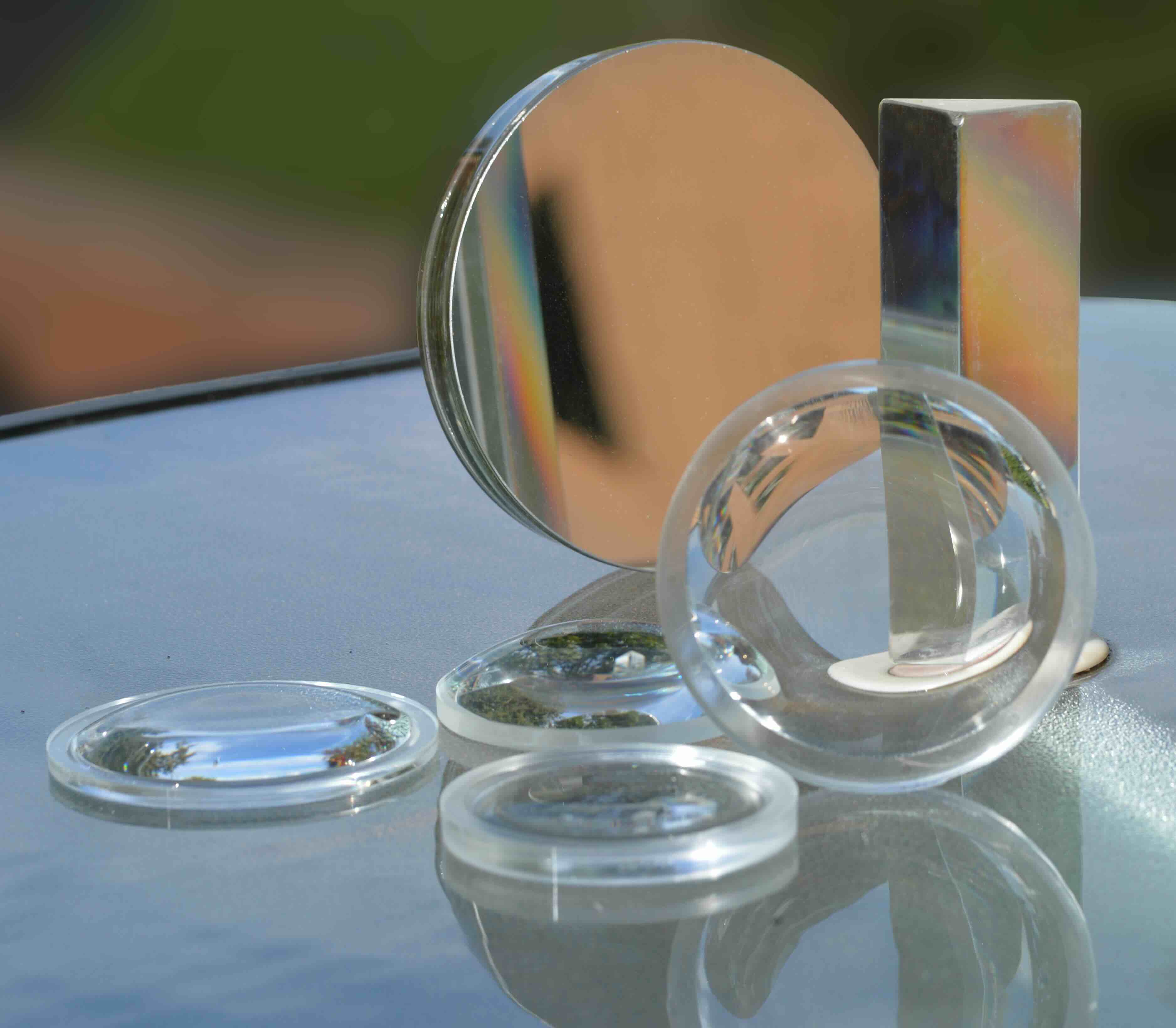

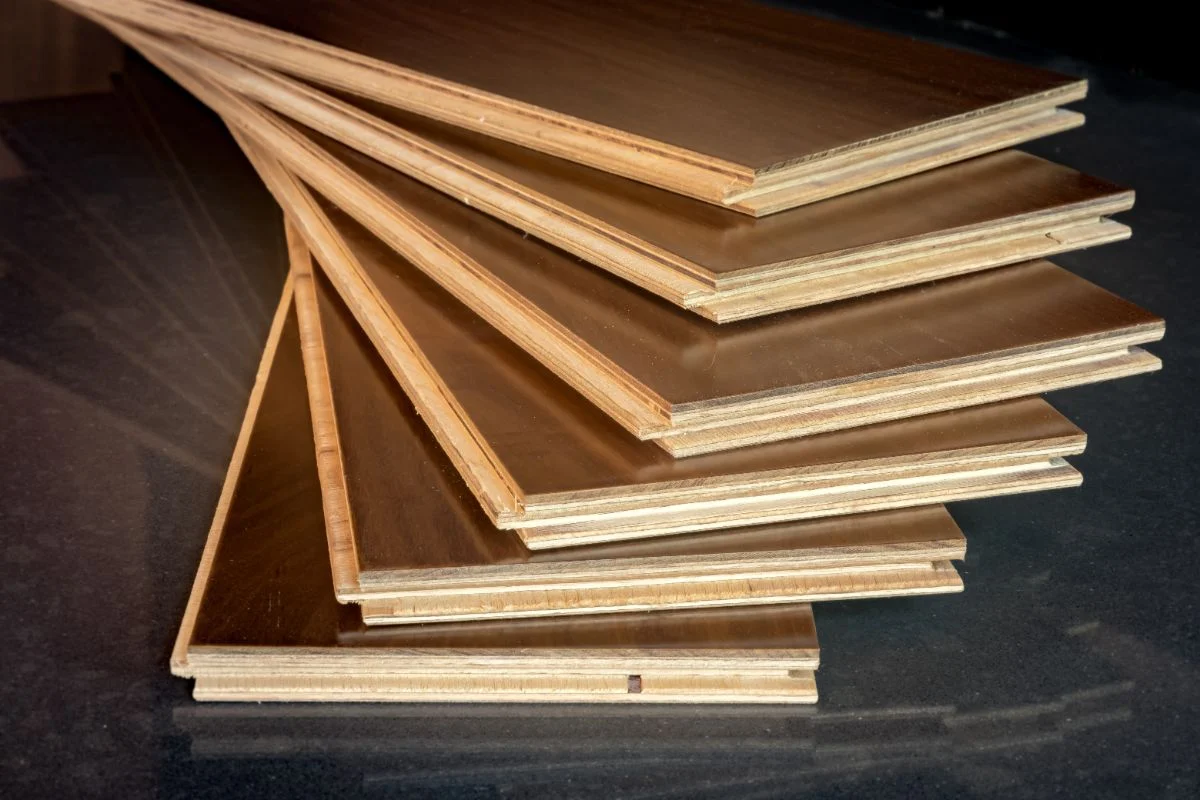
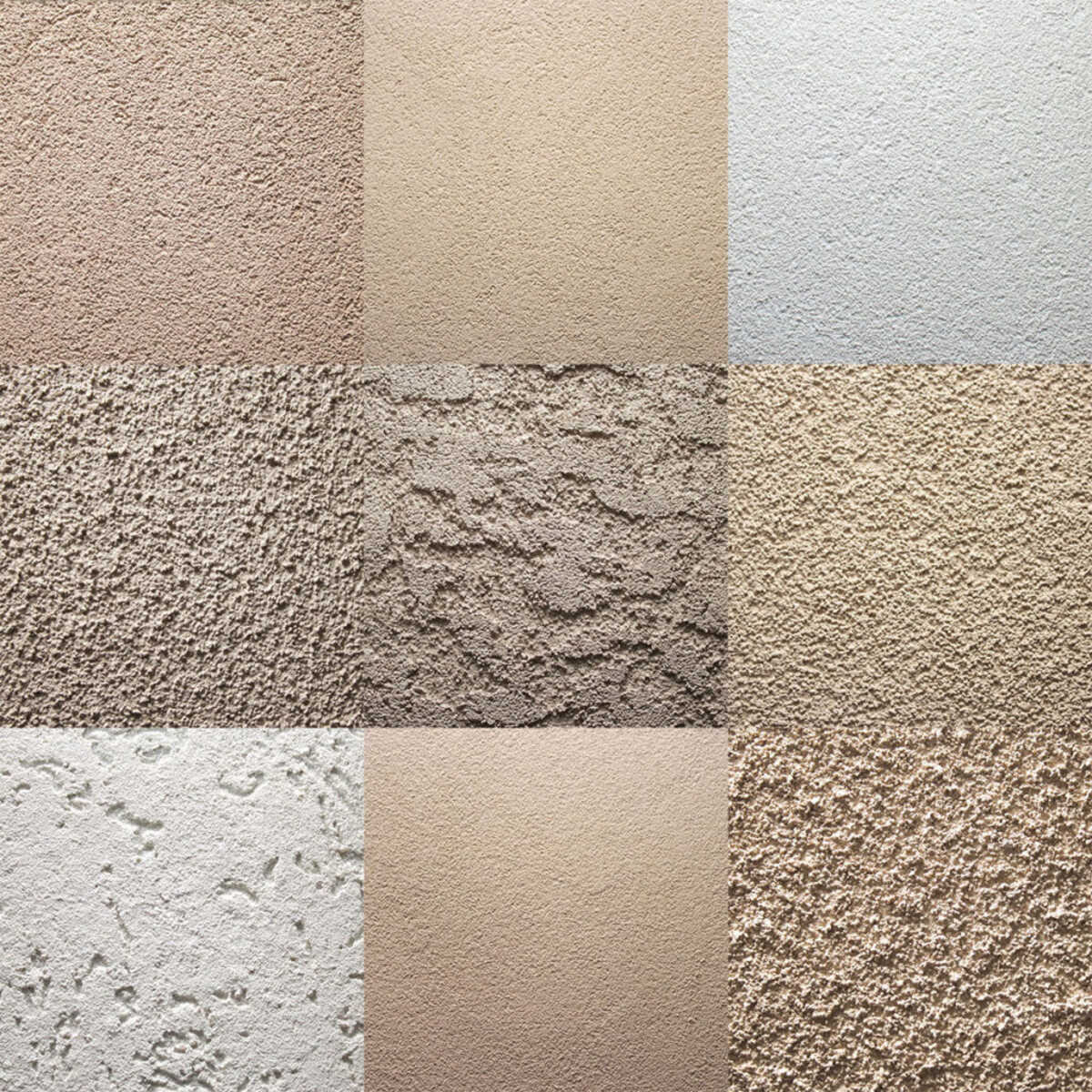

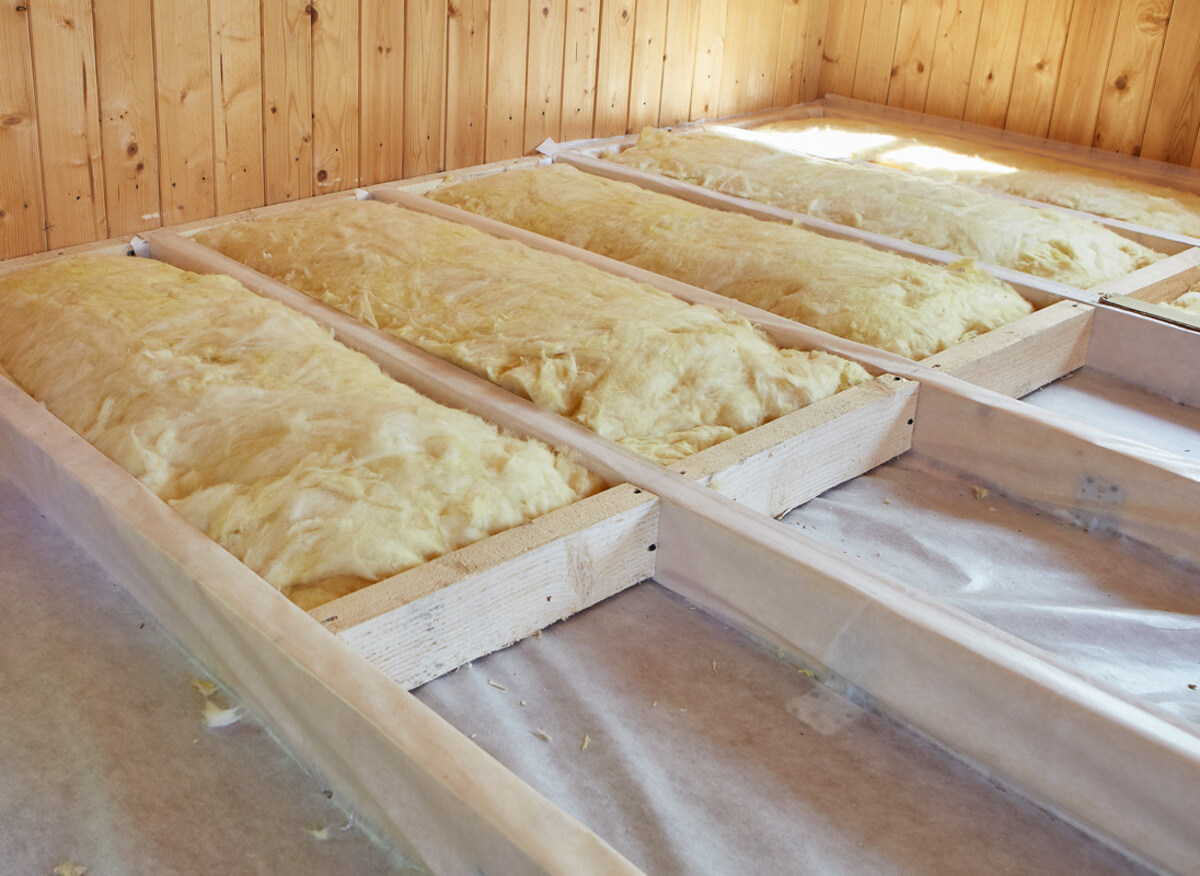
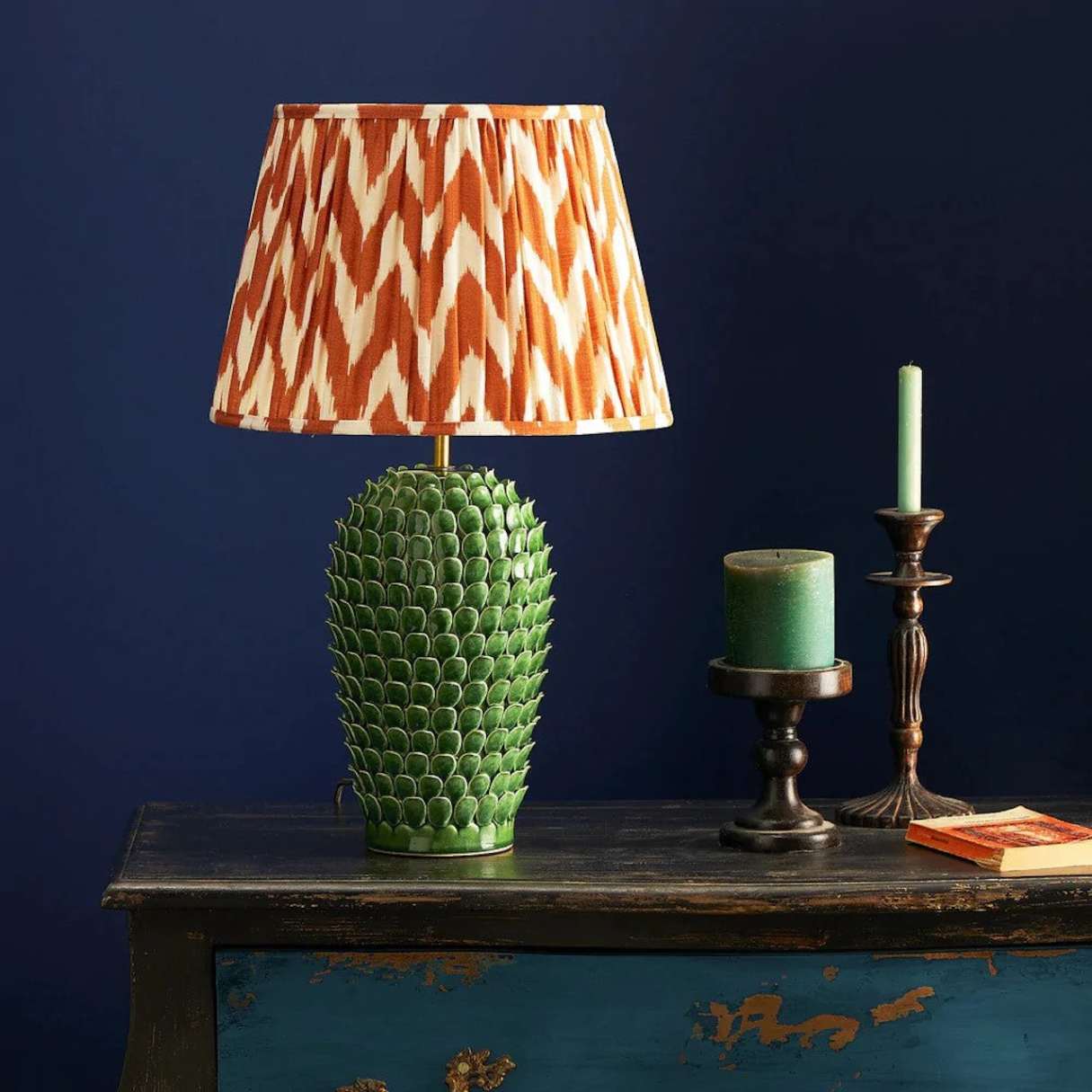

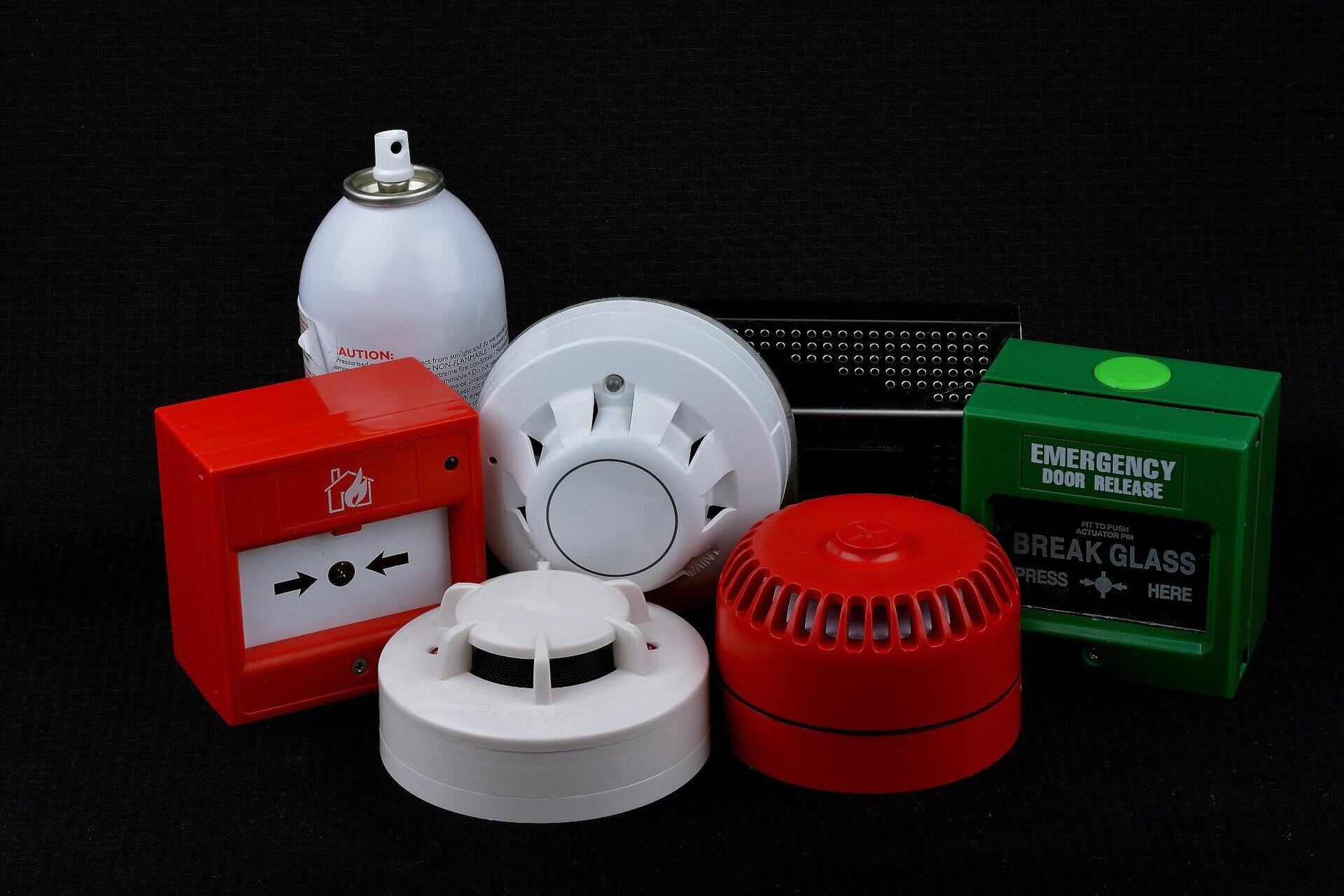
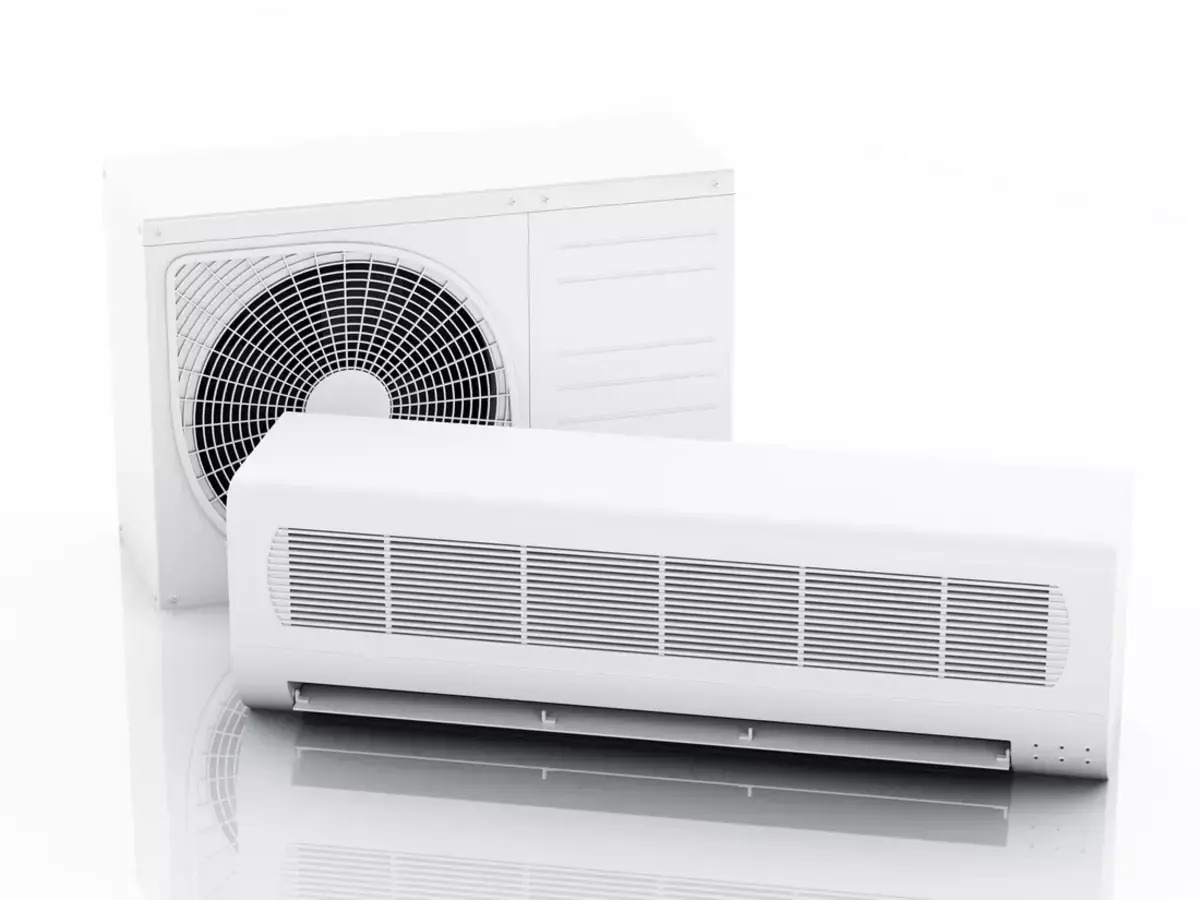
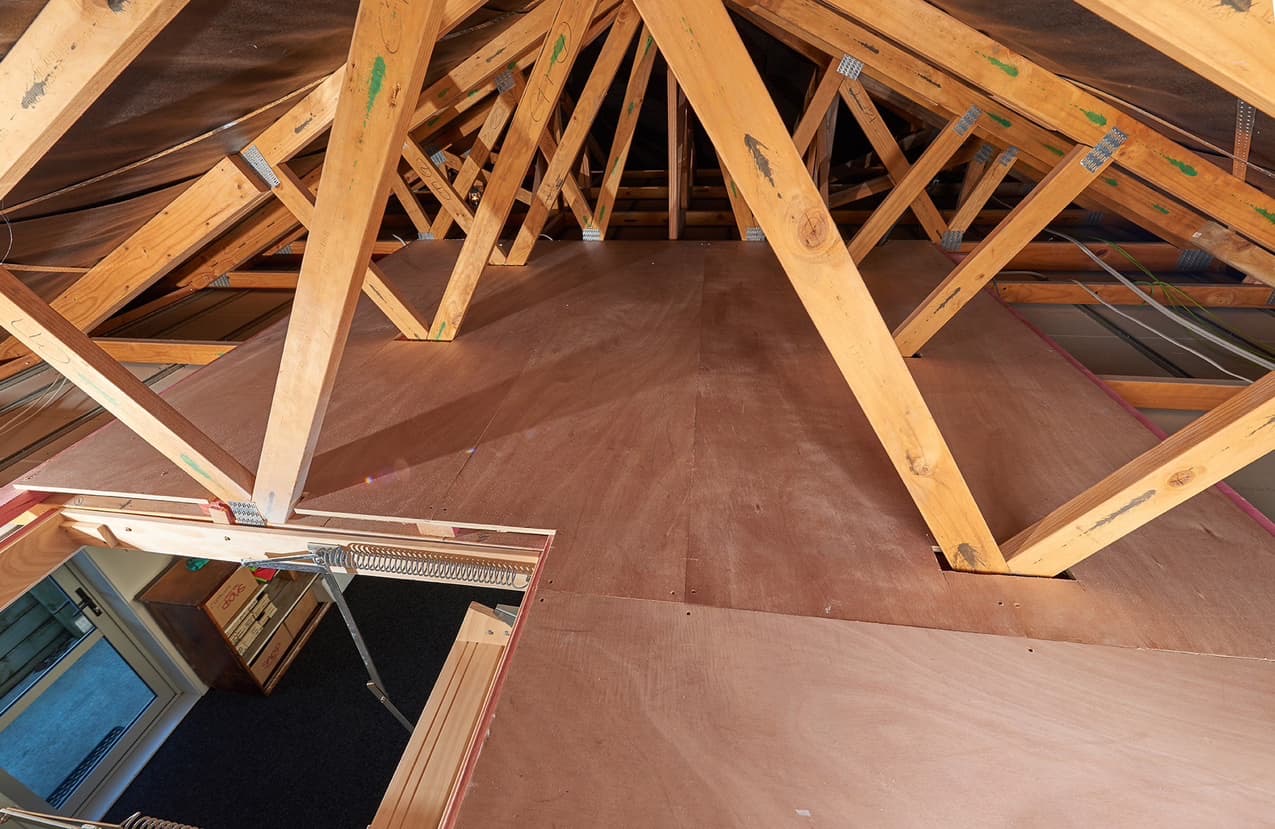

0 thoughts on “What Are The Different Types Of Flooring Available”